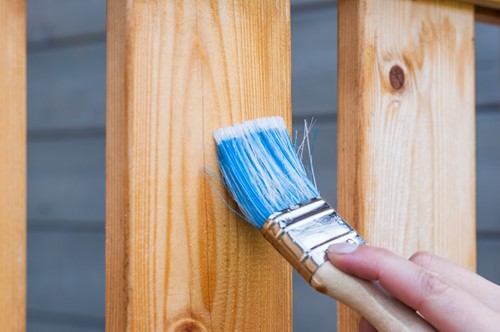Email: [email protected]

A fence can really transform the look and feel of your home. From providing privacy to adding a unique element to your yard, these structures can bring many advantages. But if you want to build one of these for the first time, you may have a lot of questions before getting started.
Foremost, you’ll want to consider what you want in a fence. Do you want something large and bulky? Or how about something small and quaint? The last thing you would like to happen would be to choose a fence and later regret it. Sit down with family members, friends and experts to get ideas if needed. But more importantly, focus on the why. Why do you want a fence? What do you hope this fence will bring you? What will be the primary purpose of this fence? Answering these questions can help you find the perfect solution to suit your needs.
When building a fence, many homeowners make the mistake of facing the fence in the wrong direction. A good rule of thumb to remember is that the smooth, finished side should be facing outward, while the side with posts and rails should face inward. Not only does this provide a better appearance, but it also adds a level of detail your neighbors will appreciate.
Another important tip is to consider the materials you’ll be using. While you may love the look of a white picket fence, you may not realize the maintenance that comes along with it. Not only can wood fences eventually rot and warp, but routine staining and sealing may also be needed. Vinyl is a great alternative — it looks just like wood and doesn’t involve the extensive maintenance needs.
Lush plants look amazing next to a gorgeous fence. Not only do plants and trees offer some privacy, but they also protect your home from storms and strong winds. Experts suggest layering your plants to make pockets, which can take your home's privacy to another level. Try mixing up the plants around your fencing to create a look everyone will enjoy.
Before jumping into the building process, knowing the costs is essential. You would hate to be halfway through the job only to realize you already reached your budget. Although you may not know the exact number you’ll pay, you can get pretty close. Consider how much all the materials will cost you, but be sure to overestimate to give yourself some wiggle room.
